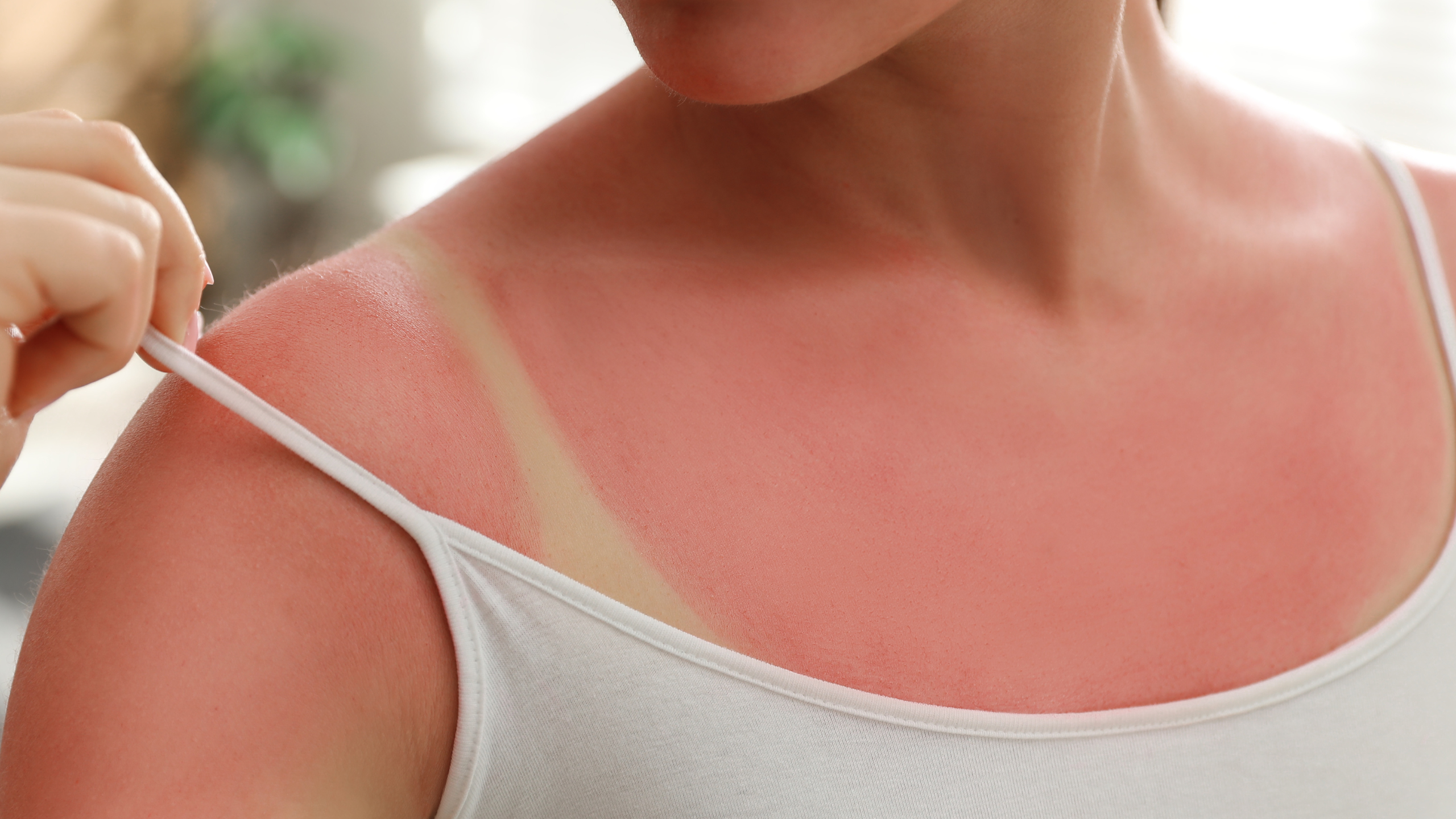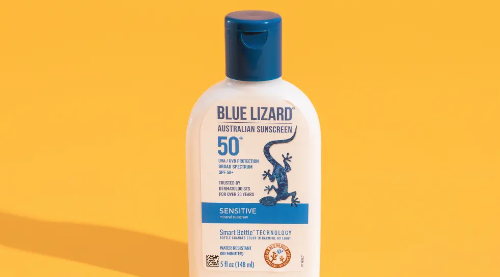As a skincare enthusiast and sunscreen advocate, I’ve noticed that many of my friends are making a lot of errors when it comes to sunscreen application. So, I decided to compile a list of 15 common sunscreen mistakes that we all need to avoid to keep our skin safe and healthy. I hope this information helps you use sunscreen more effectively to prevent sunburns and slow the process of skin aging.
Let’s begin the countdown from the least to the most common sunscreen mistakes
Number 15

Never apply sunscreen to wet skin. When your skin is wet, sunscreen can’t form a protective film effectively, leading to lower sun protection.
Number 14
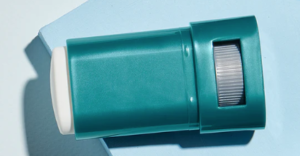
Avoid sunscreen sticks. They might be fun and convenient to use, especially for kids, but they often lead to uneven coverage and streaky burns. Therefore, I recommend using them in addition to sunscreen lotion or cream rather than relying on them solely.
Number 13
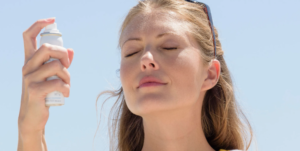
Don’t spray sunscreen directly onto your face. It’s better to spray it into your hand first and then apply it. Sunscreen sprays are great for the body but can cause inhalation issues if sprayed directly on the face.
Number 12

Forgetting to protect your lips. Our lips are prone to skin cancer and sun damage, too, so opt for a lip balm or lipstick that contains SPF.
Number 11

Not applying sunscreen in advance. Sunscreen needs about 15-20 minutes to absorb into your skin and start working. If you apply it just as you step out into the sun, you’re leaving your skin vulnerable.
Number 10
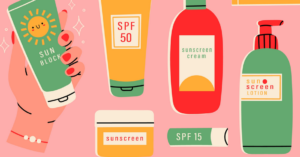
Not choosing a broad-spectrum sunscreen. Broad-spectrum sunscreens protect against both UVA rays (which cause premature aging) and UVB rays (which cause blistering burns).
Number 9

Using expired sunscreen. Sunscreen has a shelf life of about three years, but if stored in hot places, the chemicals in it can break down faster, making it less effective.
Number 8

Forgetting sunscreen on cloudy days or during winter sports. The truth is UV rays can penetrate clouds, and their intensity increases at higher altitudes, such as on ski slopes.
Number 7

Misunderstanding what high SPF really means. Even an SPF of 100 doesn’t offer 100% protection from the sun. In fact, SPF 50 offers almost the same protection level, and SPF 30 is generally sufficient for everyday use.
Number 6

Relying solely on sunscreen for sun protection. It’s also essential to seek shade, wear protective clothing, and avoid the sun during peak intensity hours (usually between 10 am and 4 pm).
Number 5
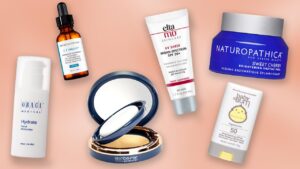
Mixing sunscreen with other skincare products. This can disrupt its effectiveness.
Number 4
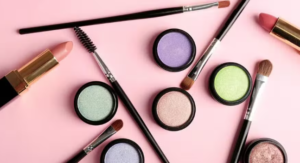
Relying on skincare products or makeup with SPF as your primary source of sun protection. While these products offer some protection, they’re not a substitute for a standalone sunscreen.
Number 3
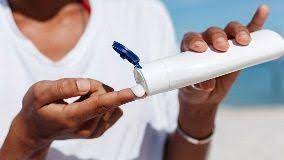
Not reapplying sunscreen. It needs to be reapplied every two hours, or immediately after activities that make you sweat or get you wet.
Number 2

Forgetting to apply sunscreen to all exposed areas of the body. Often neglected areas include the nose, ears, back of the neck, tops of the feet, and for women, the chest.
Number 1
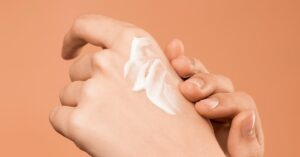
Finally, the most common mistake I’ve observed is not applying an adequate amount of sunscreen. For effective sun protection, you should use about a fourth of a teaspoon for your face and an ounce (equivalent to a shot glass) for your body per application.
I hope this list empowers you to correct these common sunscreen mistakes and protect your skin better. Remember, we only have one skin, so let’s take good care of it. Stay sun-safe, and I look forward to sharing more skincare tips with you in the future.


